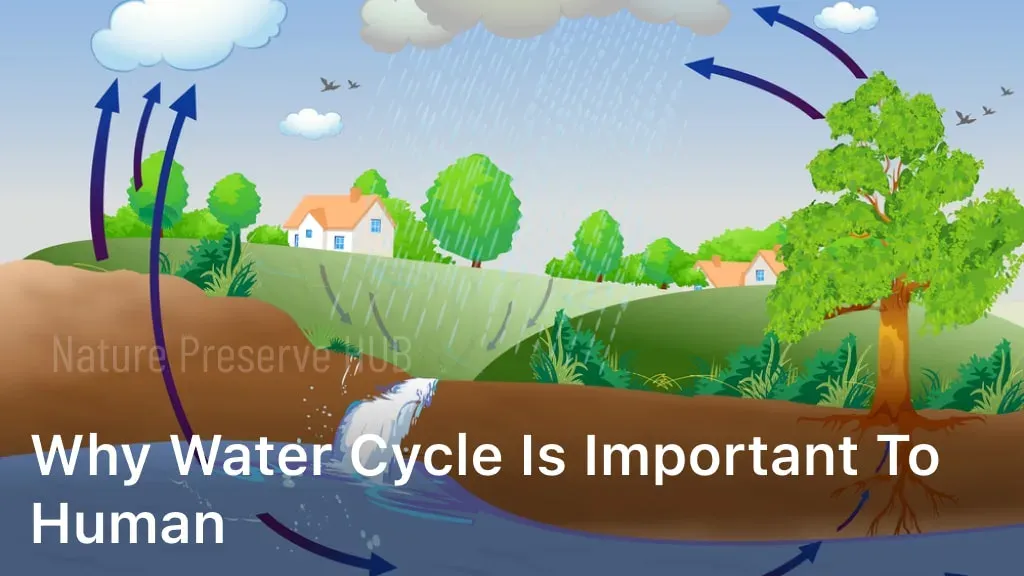Curious about how trees combat climate change? Discover the science behind how trees help absorb CO2, cool the Earth, and support biodiversity. Learn why forests are essential in the fight against global warming and how we can all contribute to a greener planet In recent years, the conversation about climate change has reached a critical point. While governments and organizations across the globe debate policies and regulations, one powerful ally in the fight against climate change often gets overlooked—trees. Trees are more than just beautiful parts of our landscape; they play a vital role in keeping our planet healthy. In this article, we’ll explore the science behind how trees combat climate change, their many environmental benefits, and how reforestation and afforestation efforts can make a significant difference. How Trees Combat Climate Change Trees play a critical role in combating climate change through various processes. Here’s how they help: Carbon Sequestration: Trees absorb carbon dioxide (CO2) from the atmosphere during photosynthesis. They convert CO2 into glucose, which is stored in the tree’s roots, stems, and leaves. This reduces the overall concentration of CO2 in the air, which is a major greenhouse gas contributing to global warming. Oxygen Production: While absorbing CO2, trees release oxygen as a byproduct of photosynthesis. This helps maintain oxygen levels in the atmosphere, which is essential for the survival of many organisms, including humans. Temperature Regulation: Trees provide shade and cool the environment through a process known as transpiration, where water is released from the leaves into the atmosphere. This can help reduce urban heat islands and moderate temperatures, especially in cities. Soil Stabilization: Tree roots help stabilize the soil, preventing erosion. Healthy soil stores carbon as well, and forests can act as natural barriers to floods, which have been intensified by climate change. Biodiversity Preservation: By providing habitats for a wide variety of plants and animals, forests support biodiversity, which is vital for ecosystem resilience. The more resilient ecosystems are, the better they can adapt to climate change. Forest Restoration: Planting and protecting forests can help restore damaged ecosystems. Restoration not only helps to capture more carbon but also enhances the overall health of the planet’s ecosystems. So, in essence, trees are like nature’s air filters, climate regulators, and protectors of biodiversity, all while helping to mitigate the negative effects of climate change. The Science Behind Trees and Climate Change Photosynthesis When we think of climate change, we often think of rising temperatures and the greenhouse gases that contribute to the problem. One of the key greenhouse gases responsible for global warming is carbon dioxide (CO2), and trees play a major role in reducing this gas in our atmosphere. Through a process called photosynthesis, trees absorb CO2 and convert it into oxygen, which is crucial for life on Earth. During photosynthesis, trees take in sunlight, water, and carbon dioxide, and through a chemical reaction, produce glucose (a form of energy) and oxygen. This process not only benefits the tree itself but also helps to remove excess CO2 from the air, making trees an essential tool in the fight against climate change. Carbon Sequestration Beyond just absorbing CO2 in the short term, trees also store it in their trunks, roots, and leaves for decades or even centuries. This process is known as carbon sequestration, and it’s a long-term way trees help combat climate change. As trees grow, they capture and store carbon from the atmosphere in their biomass. Forests, therefore, act as carbon sinks, holding onto vast amounts of CO2 that would otherwise contribute to the greenhouse effect. In fact, it’s estimated that forests currently store about 30% of the planet’s carbon, making them one of the most efficient tools available to mitigate climate change. The Role of Forests in Cooling the Earth Forests also help cool the Earth in more direct ways. The process of evapotranspiration, where trees release water vapor into the atmosphere, helps regulate temperature. The shade provided by tree canopies also cools the surrounding area. This cooling effect is especially important in urban areas, where concrete and asphalt absorb and retain heat, leading to “heat islands.” By increasing tree cover, we can help cool cities and reduce the overall warming effects of urbanization. The Environmental Benefits of Trees Beyond Carbon Sequestration Trees as Biodiversity Hotspots Forests are home to more than half of the world’s biodiversity. They provide shelter and food for countless species of animals, insects, and plants, many of which cannot survive outside of forested ecosystems. When we protect forests, we protect this biodiversity, which is vital for maintaining the balance of ecosystems around the world. Trees and Water Regulation Trees also play a crucial role in regulating water cycles. They absorb water through their roots, which helps reduce the likelihood of floods during heavy rainfall. Additionally, by slowing down the flow of water, trees help maintain stable water levels in rivers and streams. This water regulation not only benefits local communities but also helps maintain agricultural productivity in the surrounding areas. How Trees Prevent Soil Erosion and Protect Ecosystems The roots of trees help bind the soil together, preventing soil erosion that can occur during storms or heavy rains. This is especially important in areas where deforestation has already left the soil vulnerable to erosion. By protecting soil, trees help maintain fertile ground for agriculture and protect the integrity of ecosystems. The Global Impact of Deforestation on Climate Change Unfortunately, not all forests are thriving. Deforestation, the act of clearing forests for agriculture, urban development, or logging, has significant consequences. When trees are cut down, not only do we lose their ability to absorb carbon dioxide, but the carbon stored in those trees is also released back into the atmosphere. In fact, deforestation contributes to around 10-15% of global greenhouse gas emissions. The Amazon Rainforest, often referred to as the “lungs of the Earth,” is one of the most well-known examples of deforestation’s impact on climate change. As trees are cleared for cattle ranching and agriculture, vast amounts of





